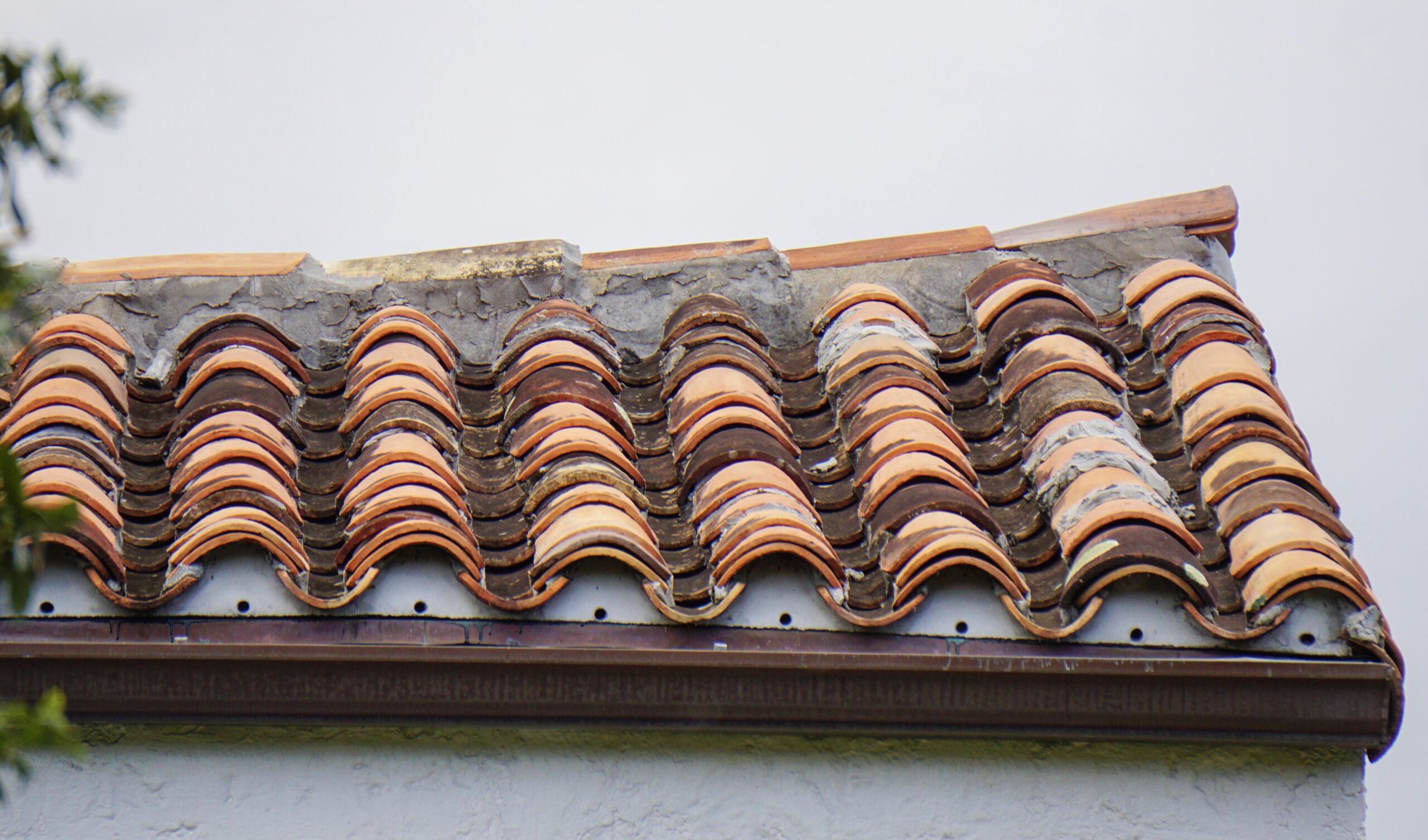
What Is Historic Cuban Barrel Tile and Why Does It Matter in Miami Homes?
Quick answer: Historic Cuban Barrel Tile is one of the most recognizable features of Mediterranean Revival architecture in Miami. These hand-made natural clay tiles, crafted in Cuba before the U.S. embargo or salvaged from 18th-century Spain and brought through Cuba in the 1920s and 30s, are prized for authenticity and a direct link to Miami’s architectural story. If you are buying a historic home, spotting these tiles helps you judge how well the property has preserved its original character.
What Exactly Is Historic Cuban Barrel Tile?
- Handmade history: Tiles were crafted in Cuba before the embargo or salvaged from 18th-century Spain, then imported through Cuba during the 1920s and 30s.
- Architectural anchor: Without them, a Mediterranean Revival house can feel stripped of its roots.
- How to identify: Many tiles have embossed marks on the convex side near the wide taper end that confirm authenticity.
Historic Cuban Barrel Tile is more than a roof. It is a fingerprint of Miami’s architectural past.
Why Buyers Care About It
When you shop for a Miami Beach historic home, you are not just buying walls and square footage. You are buying history.
- Preservation check: Original tiles can signal that a property has maintained historic integrity.
- Restoration potential: Even if repairs are needed, salvaging Cuban tile helps preserve a home’s character and value.
What To Know About Roofs With Cuban Tile
- Roofs with original tiles may not be fully watertight. A reroof is often necessary.
- Confirm authenticity first. Look for embossed identification marks on the tile.
- Salvage as much historic tile as possible if the roof is replaced.
- Blend old and new. Use salvaged historic tiles in the visible “cap” courses and pair with modern hand-made barrel tiles for the rest.
- Hire specialists. Roofers experienced in historic preservation can reinstall tile correctly and use double caps or pans at the edges for a period-correct look.
- No originals on site. You can still achieve an authentic appearance with new hand-made barrel tiles.
The Look And Care Of Cuban Tile Roofs
- Appearance: Aged, informal and richly textured.
- Material reality: Porous clay accumulates mold. Pressure cleaning is not recommended.
- Common mistake: Requiring pressure cleaning can damage historic roofs and erase patina that tells the home’s story.
Why It Matters
Understanding materials like Cuban Barrel Tile helps you appreciate Miami’s architectural heritage. These roofs tell a story of craftsmanship, migration and design that shaped entire neighborhoods.
FAQ
Is it expensive to restore a roof with Cuban tile?
Costs vary, but many owners reduce expense by reusing salvaged historic tiles in the most visible areas and filling in with modern hand-made tiles where needed.
What if my home does not have Cuban tile?
You can still create a historically appropriate look with new hand-made barrel tiles that match the profile and feel of the originals.
Where can I find specialists?
Look for roofers with historic preservation experience in Miami. Ask about prior projects involving salvaged tile, proper underlayment and period-correct details like double caps and pans.
Key takeaway: If you are considering a historic home in Miami Beach, pay close attention to the roof. Historic Cuban Barrel Tile is not only beautiful. It keeps the home’s identity intact and preserves a vital piece of Miami’s story.
Ready to Find Your Own Piece of History?
You want more than just a house—you want a home with a story. That’s where we come in. At Miamism, we’ve spent decades helping buyers like you uncover, restore, and enjoy Miami’s most architecturally significant homes. Our expertise in historic properties means we know how to spot authentic details, guide restorations, and protect the value of your investment.
Don’t settle for a copy when you can own the real thing.
Contact us today to start your search for a historic Miami home
